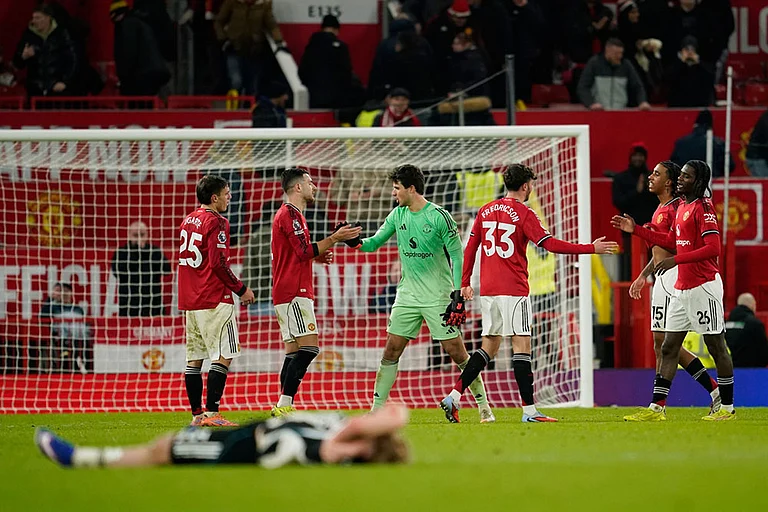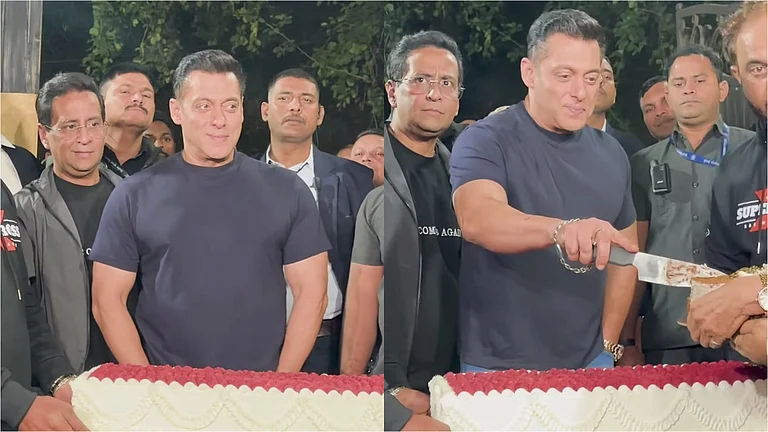Last month, Maruti Udyog’s bread-and-butter model saw sales dip by 10 per cent over the previous month and by about 35 per cent from its January sales level. More importantly, the legendary 800 was no longer the company’s largest selling model—it had lost the overall largest-selling status much earlier. The in-house numero uno position was taken over by Alto, which dethroned the 800 from the leadership position it occupied for two decades. And the rumours have started: the 800 is on its way out.
Maruti managers, of course, contend the sales decline is only a "minor aberration", and that the 21-year old model will not be phased out. "Maruti 800 is still a dream of Indians, how can I replace it?" Maruti’s MD Jagdish Khattar was caught saying recently. Inaugurating a dealer outlet in south India last month, Maruti director (sales and marketing) K. Saito too insisted that there was no move to withdraw the 800 from the market or stop its production.
But those are official statements. The fact is the 800 has lost its charm. In urban areas, it’s no longer the entry-level vehicle for buyers, who are opting for B-segment models like the Alto, Zen, and Indica. In addition, the resale value of the 800, one of the reasons for its huge popularity, has crashed. So most buyers who want to upgrade at regular intervals feel uncomfortable about choosing the 800 as their first car.
That partly explains the fluctuating demand for the 800 (see chart). Its sales dropped from over 15,000 units in January 2004 to just about 10,000 last month. The signs in the current month are not too promising. And this is not the first time this is happening. In 2002, when several new cars made a forceful entry into the B-segment, 800 sales sagged. The company had to quickly reduce prices by Rs 15,000-18,000 to halt declining sales. At that time, Maruti said the move was aimed at expanding the market. But experts saw it as a fire-fighting exercise.
Still, the 800 enjoys a huge appeal in the smaller towns and rural areas. So, why should it be phased out at all? Agrees a senior manager at Maruti, "The metros and bigger cities have graduated to models in the B and C segments. The next demand wave will come from smaller cities and that will be for the small car (the 800)." In fact, Maruti’s Euro-I 800 model is a big hit in towns like Jalandhar and Bulandshahr where the new Euro II emission norms are yet to be imposed. A significant part of 800 sales come from this model at present. Not to forget that the Euro-I model is priced at Rs 1.88 lakh, or considerably cheaper than either the Alto or the Euro-II 800, or for that matter, any other offering in the Indian automobile industry. The nearest competitor is a good Rs 16,000-20,000 costlier. And that matters in small-town India.
However, even this situation is likely to change in a couple of years. By then, the new Euro-II emission norms will have covered the smaller cities and Maruti will have to withdraw its Euro-I variant. Obviously, the Euro-II 800 will face the same problem it’s facing in urban areas. When quizzed, Maruti managers just say that the company’s thinking on the 800 "will not change for the next two-and-a-half years".
One knows that something is seriously wrong with the 800 if one considers that Maruti has been working on a plan to provide an alternative entry-level car and the Alto has been repositioned for this purpose. Recently, the company reduced prices of Alto to Rs 2.30 lakh or within striking distance of the Euro-II 800, whose air-conditioned model is available for Rs 2.27 lakh. With only a minor price differential, it’s obvious that customers in both big cities and small towns will opt for a better-looking, new Alto which is just about four years old—as compared to the 800 which was launched in 1983.
For now, Maruti is still betting on customers graduating from two-wheelers to cars, and opting for either the 800 or the Alto. Says one of its managers, "Over five million two-wheelers are sold every year. A lot of these people will go in for a car soon and chances are that it will be an entry-level one like the 800." While statistics do show such a shift, the concept of an entry-level car has itself undergone an upgrade and moved up to the Altos, the WagonRs and the Indicas.
Still some auto experts feel that phasing out the 800 could be a painful decision for Maruti. For the fact is that the model still accounts for almost 30 per cent of its total sales (38,041 units in May, 2004). At the same time, it’s also one of its most profitable models. The old plant and assembly units that make the 800 have depreciated quite a bit. Still, the burden on the 800 merely includes the cost of operations (raw materials, components and other such expenses).
Probably that’s why even Maruti is working on a multi-facet strategy—keep the 800 revving as long as you can, and phase it out slowly if the need arises. As of now, say sources, the car is being readied for another makeover—its third since inception—to win back customers, especially the first-timers who are becoming more ambitious and looking at the B-segment. But given the wide choice the consumer enjoys, it may be difficult for the car to hang on with just a few cosmetic changes. And even if it does, there will be increased competition in the near future (4-5 years). Tata Motors, for one, is developing a much-cheaper entry-level vehicle, proposed to be priced at Rs 1 lakh. And then there are others who are also gearing up to take on the 800. So, should we write the 800 obit? Or should we wait a few more years?






















